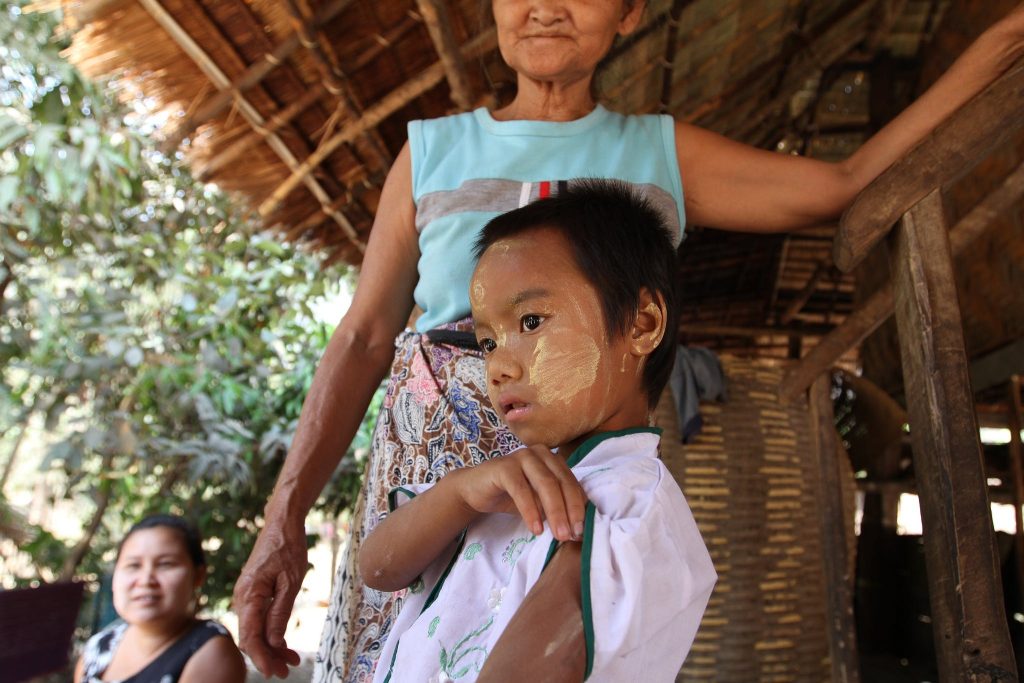No child should die from a disease that we know how to prevent – yet an alarming new report from the World Health Organization (WHO) and the U.S. Centers for Disease Control and Prevention (CDC) finds that measles is on the rise globally.
We have a vaccine to prevent measles, so what is behind the increase in measles cases and how do we protect children so they have a shot at healthy lives? Here are three key facts to know from the report.
- Measles cases increased by more than 30% from 2016 to 2017, and an estimated 110,000 people died because of measles last year. Gaps in immunization coverage contributed to this spike in cases, with all regions of the world experiencing outbreaks.
Dr. Seth Berkley, CEO of Gavi, the Vaccine Alliance, explained the rise, saying: “The increase in measles cases is deeply concerning, but not surprising. Complacency about the disease and the spread of falsehoods about the vaccine in Europe, a collapsing health system in Venezuela, and pockets of fragility and low immunization coverage in Africa are combining to bring about a global resurgence of measles after years of progress.”
- The good news is vaccines work, and since 2000, more than 21 million lives have been saved through measles vaccinations. Two doses of the safe and effective measles vaccine can prevent the disease and protect children. (And it costs less than $2 to vaccinate a child in a low-income country against measles and rubella.)
Collective action by partners including the Measles & Rubella Partnership (founded by UNICEF, WHO, the UN Foundation, the American Red Cross, and the CDC) governments, and Gavi, the Vaccine Alliance has greatly expanded access to the measles vaccine and saved lives.
There is more work to do though, as progress has stalled. Global coverage with the first dose of the measles vaccine has been stuck at 85%, while coverage of the second dose is only at 67%. Measles is one of humanity’s most contagious diseases, so these gaps in coverage leave many people at risk.
- We can stop measles, but we need to step it up. The status quo won’t end measles deaths – we need increased action, attention, and resources.
This must include sustainable investment in immunization systems, strengthening routine immunization services, reaching vulnerable communities – including displaced people, building public support for immunizations, and tackling misinformation and hesitancy around vaccines.
WHO’s Dr. Soumya Swaminathan said, “Without urgent efforts to increase vaccination coverage and identify populations with unacceptable levels of under-, or unimmunized children, we risk losing decades of progress in protecting children and communities against this devastating, but entirely preventable disease.”
The latest report on measles is an urgent reminder that we need to make vaccination against preventable diseases a bigger priority on the global agenda. Visit the Measles & Rubella Partnership to learn how to get involved or join our Shot@Life campaign to help more children around the world have access to vaccines.

